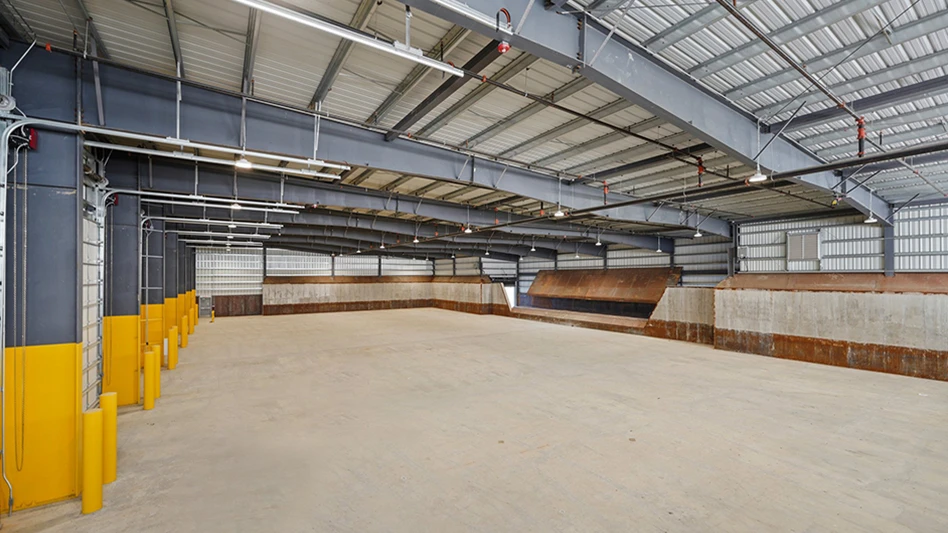
From Netflix and Amazon to Uber and Airbnb, one only needs to look at other industries to see how market disruption is made possible by leveraging data and new technologies to improve the status quo of service offerings in a given sector.
And while waste management might not bring to mind the same potential to shake up industry as a Silicon Valley startup, the garbage collection business is currently being transformed from within by those willing and able to invest in a new way of doing business.
Gone are the days of relying just on experience, intuition and old-fashioned know-how when it comes to managing collection. The haulers able to grow their presence in the market today are the ones willing to invest in an array of products and services that can help generate actionable insights into bettering their processes and bolstering their bottom line.
In “Where are we going?”, we talked with Harland Chadbourne, purchasing director for Longwood, Florida-based Waste Pro; Jason Leck, VP and owner of Ivyland, Pennsylvania-based Leck Waste Services; and John Morris, executive vice president and chief operating officer of Houston-based Waste Management, about how their companies are leveraging new fleet solutions to improve safety, better serve their customers, fine-tune their preventative maintenance programs, reduce miles driven and ultimately, make more money.
Michael Hoffman, managing director of St. Louis-based Stifel, spoke with us about the impact of these types of technologies in the industry in “The state of waste.” According to Hoffman, these data-driven tools are currently helping create a divide between the haves and the have-nots in waste.
“Right now, the sophisticated use of technology in waste is really under the purview of bigger, better-capitalized companies because of what it takes to get ramped up with that. Is there going to be a permanent moat between the largest haulers and smaller companies? No. I think at some point, it gets cheap enough that the smallest businesses can figure out how to incorporate these things. But at the moment, the computer-based pricing tools and consumer engagement tools that you see in the commercial market are pretty much dominated by bigger companies because they can afford to spend the money on the software and hardware, but also the systems it takes to manage the data,” he says.
While smaller and less sophisticated companies might be able to on-board the same tools and strategies some of the larger companies currently employ over time, I can’t help but wonder what the long-term benefits will be for those able to get a jump on the competition.
Being first to market doesn’t always equate to success, but with all things being equal, it’s not a bad place to start.
Get curated news on YOUR industry.
Enter your email to receive our newsletters.
Explore the September 2019 Issue
Check out more from this issue and find your next story to read.
Latest from Waste Today
- ReMA board to consider changes to residential dual-, single-stream MRF specifications
- Miller Environmental Group Inc. appoints CEO
- DPI acquires Concept Plastics Co.
- Laurel Mountain Capital announces investment in 5280 Waste Solutions
- Cielo investor requests annual meeting
- WIH Resource Group celebrates 20th anniversary
- NWRA: NIOSH cuts a step in the wrong direction
- Valicor Environmental services acquires Affordable Waste Management





